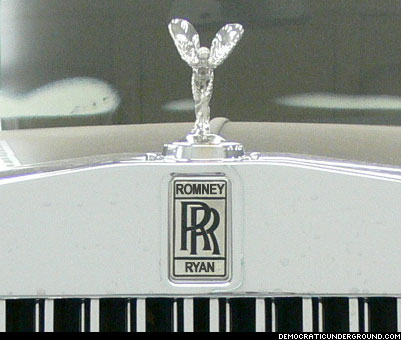In the world of electronics and industrial connectivity, the Sub D hood might not be the most glamorous component, but it plays a critical role in ensuring the integrity and longevity of electrical connections. These unassuming hoods, often made of metal or plastic, act as protective shields for D-subminiature connectors, offering much more than meets the eye. In this blog, we’ll explore the significance, applications, and key features of Sub D hoods, shedding light on these unsung heroes of connector protection.
The Sub D Hood: An Overview
The Sub D hood, also known as a connector hood or a backshell, is designed to cover and shield D-sub connectors. D-sub connectors, named for their characteristic D-shaped metal shield, come in a variety of configurations, including 9-pin, 15-pin, 25-pin, and more. These connectors are commonly used for data, signal, and power transmission in industries ranging from telecommunications and aerospace to automotive and industrial automation.
Sub D hoods come in various shapes and sizes, allowing them to fit snugly over the connector and secure the connected cables. They often feature a cable entry point and a locking mechanism, ensuring a secure fit and effective strain relief for the attached cables.
The Unsung Heroes in Connector Protection
So, why are Sub D hoods so essential in the world of connectors and electronics? Let’s delve into their key functions and features:
- EMI/RFI Shielding: Sub D hoods often feature metal construction, providing electromagnetic interference (EMI) and radio-frequency interference (RFI) shielding. This is crucial in applications where signal integrity and noise reduction are paramount.
- Cable Strain Relief: A properly installed Sub D hood offers excellent cable strain relief. It prevents excessive bending or pulling of cables, reducing the risk of damage or disconnection, especially in industrial and high-vibration environments.
- Secure Connection: The locking mechanism in Sub D hoods ensures a secure connection between the hood and the connector, preventing accidental disconnection due to external forces.
- Environmental Protection: Hoods made from durable materials can protect connectors from dust, moisture, and other environmental factors. This is especially important in outdoor or rugged applications.
- Customization: Sub D hoods come in various shapes and sizes, and they can be customized to meet specific application requirements, making them versatile for different industries and connector types.
Applications of Sub D Hoods
Sub D hoods find extensive use in a wide range of industries and applications:
- Aerospace and Defense: In aircraft and military equipment, Sub D hoods protect connectors from extreme environmental conditions and ensure reliable signal transmission.
- Industrial Automation: In manufacturing and automation, these hoods provide robust protection for connections used in control systems, sensors, and data transmission.
- Telecommunications: Sub D hoods play a crucial role in the telecommunications industry, securing connectors in servers, routers, and other equipment.
- Automotive Sector: In vehicles, Sub D hoods safeguard connectors in various applications, including onboard diagnostics and entertainment systems.
- Computer Hardware: Sub D hoods are used to protect connectors in computer peripherals, ensuring seamless data transmission.
The Future of Connector Protection
As technology advances and industries continue to demand higher performance and reliability from their electrical connections, Sub D hoods are likely to evolve further. With the rise of Industry 4.0 and the Internet of Things (IoT), the need for secure, interference-free connections will only grow.



